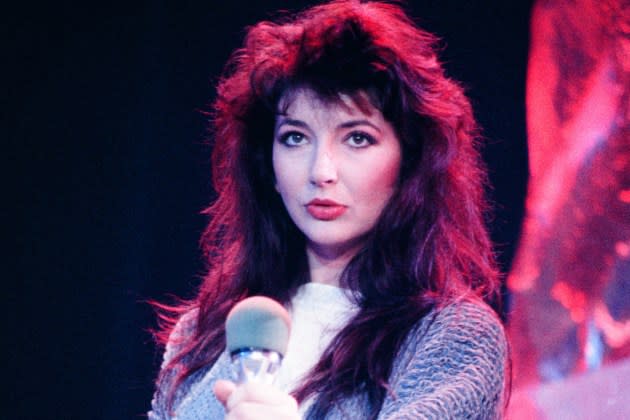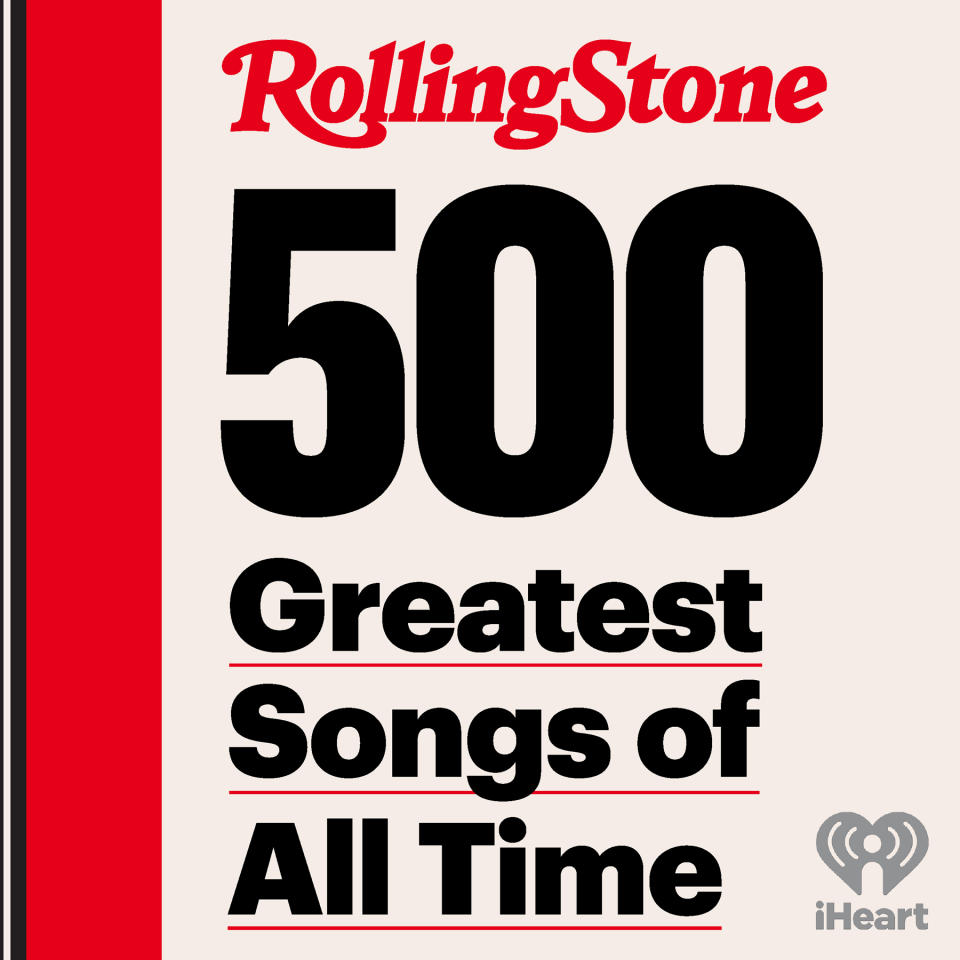Why Kate Bush Still Sounds Ahead of Her Time With “Running Up That Hill”
- Oops!Something went wrong.Please try again later.

Kate Bush has always been a fiercely original art-pop icon. But with “Running Up That Hill,” she achieved a new kind of feat. “Running Up That Hill” was a massive Top Ten, dominating U.S. radio all over the summer of 2022 — even though it was a song she released back in 1985. Her classic synth-goth anthem sounded ahead of its time in the Eighties. But only Kate Bush could make it a song that still sounds ahead of its time nearly 40 years later.

“Running Up That Hill” came out on Bush’s 1985 breakthrough album, Hounds of Love. Bush was already a highly acclaimed singer-songwriter, with a fervent cult following around the world. Even as a teenager, she had her own eccentric sound, with her literary piano ballads and eerie soprano. Growing up in the English countryside, raised on Roxy Music and Elton John, she was discovered by Pink Floyd guitarist David Gilmour, leading to her 1978 debut album The Kick Inside. Her music didn’t fit into any format—but blew minds anyway. She had a surprise U.K. smash with “Wuthering Heights,” her ballad based on the Emily Bronte novel.
More from Rolling Stone
Missy Elliott, Rage Against the Machine Storm the Rock Hall at Wild Brooklyn Ceremony
Big Boi, St. Vincent Usher Kate Bush Into Rock and Roll Hall of Fame
Watch Kate Bush Perform 'Running Up That Hill' Over a Pulpit in 1985
CMI synthesizer in songs like “Breathing” and her concept album The Dreaming. But Hounds of Love made her a superstar, with hits like “Cloudbursting.” “Running Up That Hill” became a goth dance-floor staple, even in the U.S. — the music industry was shocked when the song finally broke Kate Bush in America, crashing the Top 40. Yet “Running Up That Hill” took on a whole new life in the 2020s, especially after it appeared on the Eighties-themed TV show Stranger Things. It became a timeless pop standard, without losing its spooky sense of dread.
Bush is a famously shy recluse, refusing to take part in any aspect of the pop whirlwind. She made a few more classic albums after “Running Up That Hill,” like The Sensual World and The Red Shoes, but stepped back for many years, content to let her music speak for herself as her cult just grew. Yet “Running Up That Hill” proves that as far as the 2020s audience is concerned, her moment is right now. Last year, Bush was inducted into the Rock & Roll Hall of Fame.
In this week’s episode of Rolling Stone’s 500 Greatest Songs, hosts Brittany Spanos and Rob Sheffield discuss the long, incredible legacy of Kate Bush and “Running Up That Hill.” They’re joined by their brilliant Rolling Stone colleague Julyssa Lopez, a Kate Bush expert and longtime hardcore fan, to discuss why “Running Up That Hill” speaks to our moment.
Rolling Stone first launched its 500 Greatest Songs of All Time list in 2004, with a massive poll of artists, critics, and industry figures. The list has been a source of conversation, inspiration, and controversy for two decades. It’s one of the most popular, influential, and argued-over features the magazine has ever done.
So we set out to make it bigger, better, and fresher. In 2021, we completely overhauled the list, polling a new batch of voters from all over the music map. Rolling Stone’s 500 Greatest Songs takes a closer look at the entries on our list. Made in partnership with iHeart, the podcast has Brittany and Rob discussing a new song each week, delving into its history and impact with the help of a special guest — including fellow RS colleagues, producers, and the artists themselves. It’s our celebration of the greatest songs ever made — and a breakdown of what makes them so great.
Check out the latest episode above, on iHeart, or wherever you get your podcasts, and look for new episodes every Wednesday.
Best of Rolling Stone

